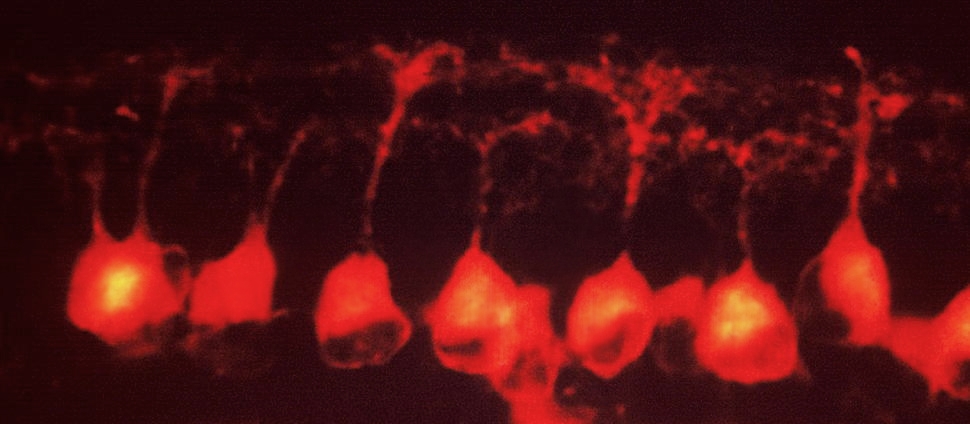Document Type
Article
Publication Date
9-1-2020
Publication Title
Psychological Bulletin
Abstract
Life history theory argues that exposure to early life adversity (ELA) accelerates development, although existing evidence for this varies. We present a meta-analysis and systematic review testing the hypothesis that ELA involving threat (e.g., violence exposure) will be associated with accelerated biological aging across multiple metrics, whereas exposure to deprivation (e.g., neglect, institutional rearing) and low-socioeconomic status (SES) will not. We meta-analyze 54 studies (n = 116,010) examining associations of ELA with pubertal timing and cellular aging (telomere length and DNA methylation age), systematically review 25 studies (n = 3,253) examining ELA and neural markers of accelerated development (cortical thickness and amygdala-prefrontal cortex functional connectivity) and evaluate whether associations of ELA with biological aging vary according to the nature of adversity experienced. ELA overall was associated with accelerated pubertal timing (d =-0.10) and cellular aging (d =-0.21), but these associations varied by adversity type. Moderator analysis revealed that ELA characterized by threat was associated with accelerated pubertal development (d 0.26) and accelerated cellular aging (d =-0.43), but deprivation and SES were unrelated to accelerated development. Systematic review revealed associations between ELA and accelerated cortical thinning, with threatrelated ELA consistently associated with thinning in ventromedial prefrontal cortex, and deprivation and SES associated with thinning in frontoparietal, default, and visual networks. There was no consistent association of ELA with amygdala-PFC connectivity. These findings suggest specificity in the types of early environmental experiences associated with accelerated biological aging and highlight the importance of evaluating how accelerated aging contributes to health disparities and whether this process can be mitigated through early intervention.
Keywords
Cellular aging, Cortical thickness, Deprivation, Pubertal timing, Threat
Volume
146
Issue
9
First Page
721
Last Page
764
DOI
10.1037/bul0000270
ISSN
00332909
Version
Author's Accepted Manuscript
Recommended Citation
Colich, Natalie L.; Rosen, Maya L.; Williams, Eileen S.; and McLaughlin, Katie A., "Biological Aging in Childhood and Adolescence Following Experiences of Threat and Deprivation: A Systematic Review and Meta-Analysis" (2020). Neuroscience: Faculty Publications, Smith College, Northampton, MA.
https://scholarworks.smith.edu/nsc_facpubs/121


